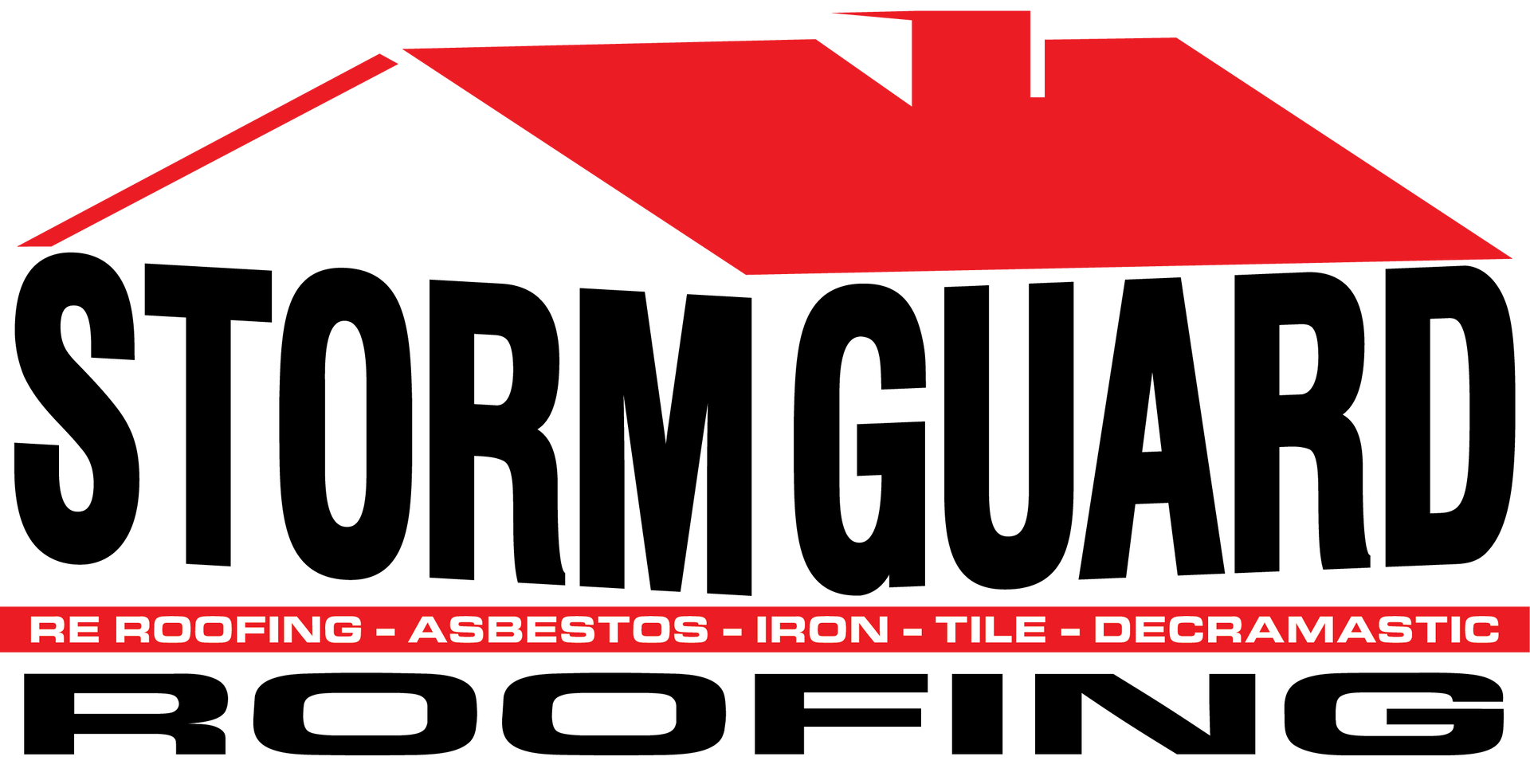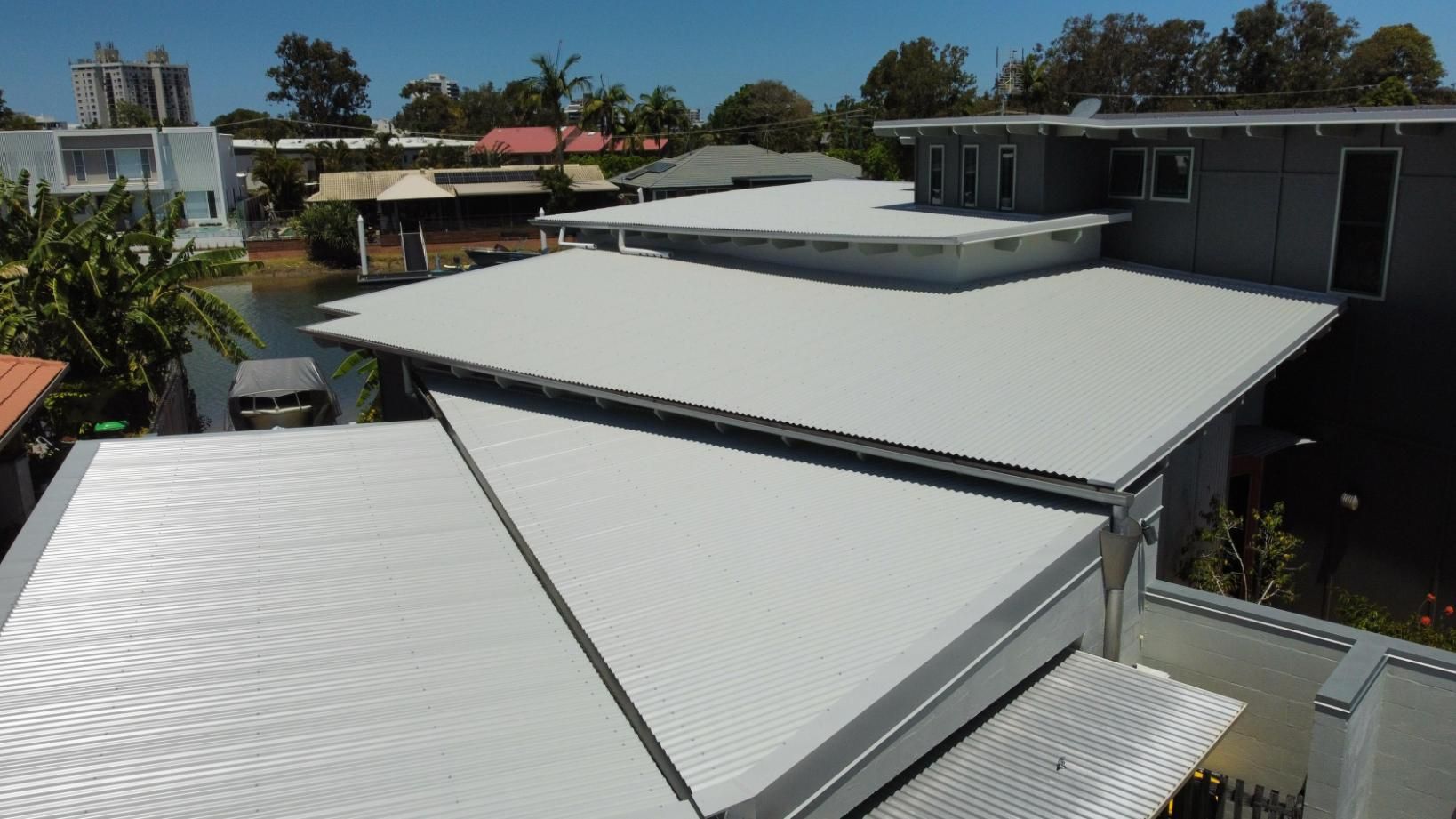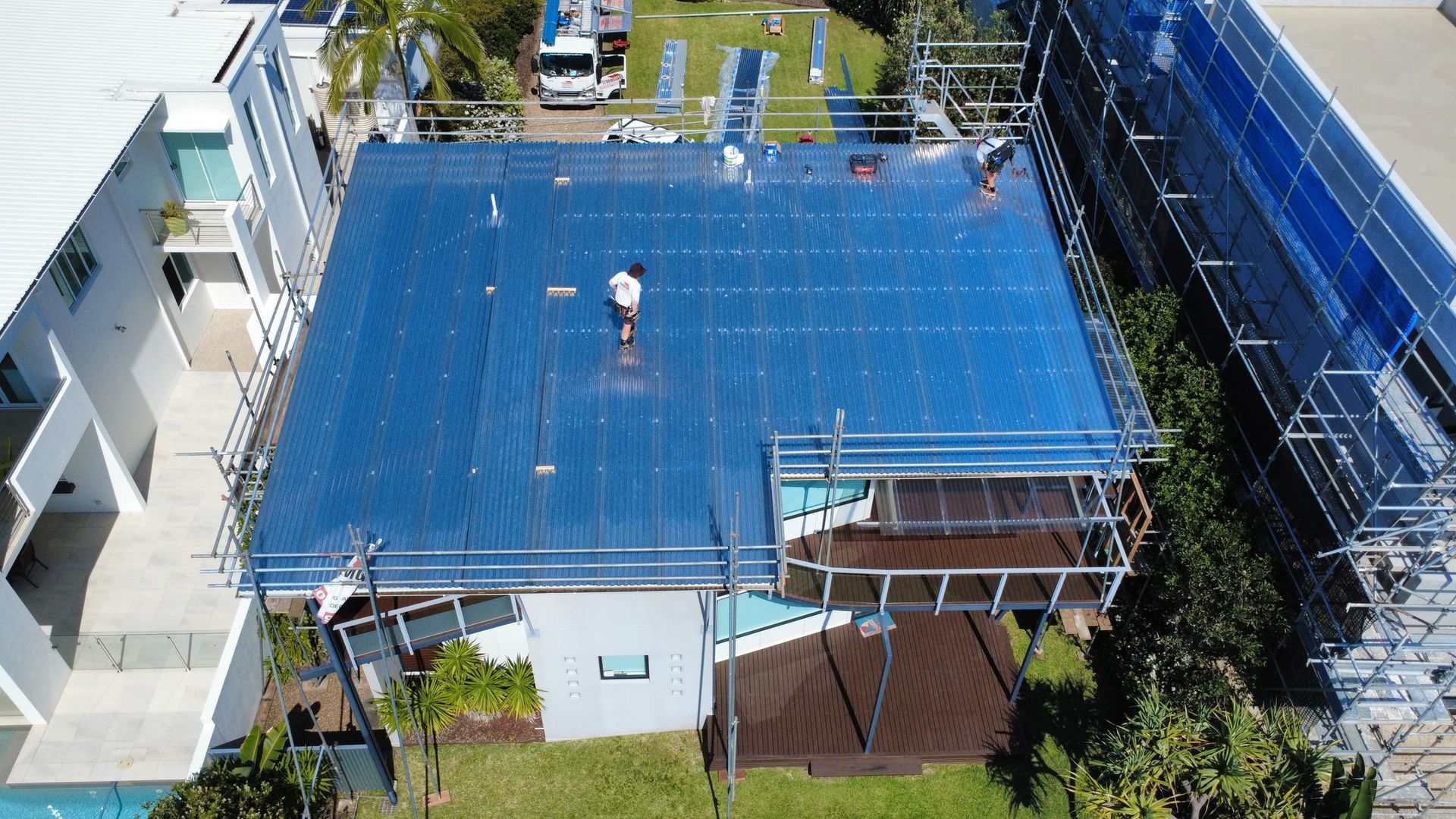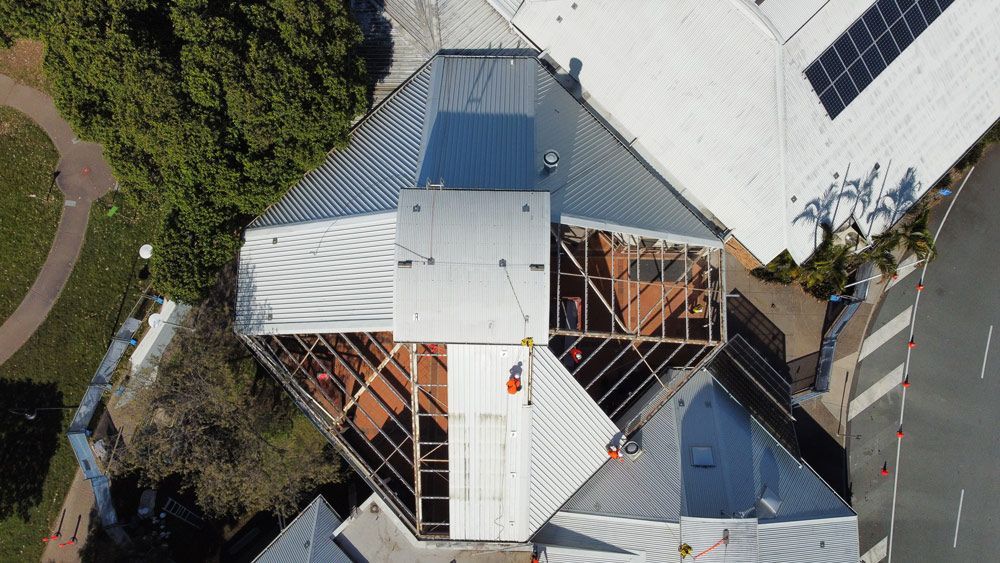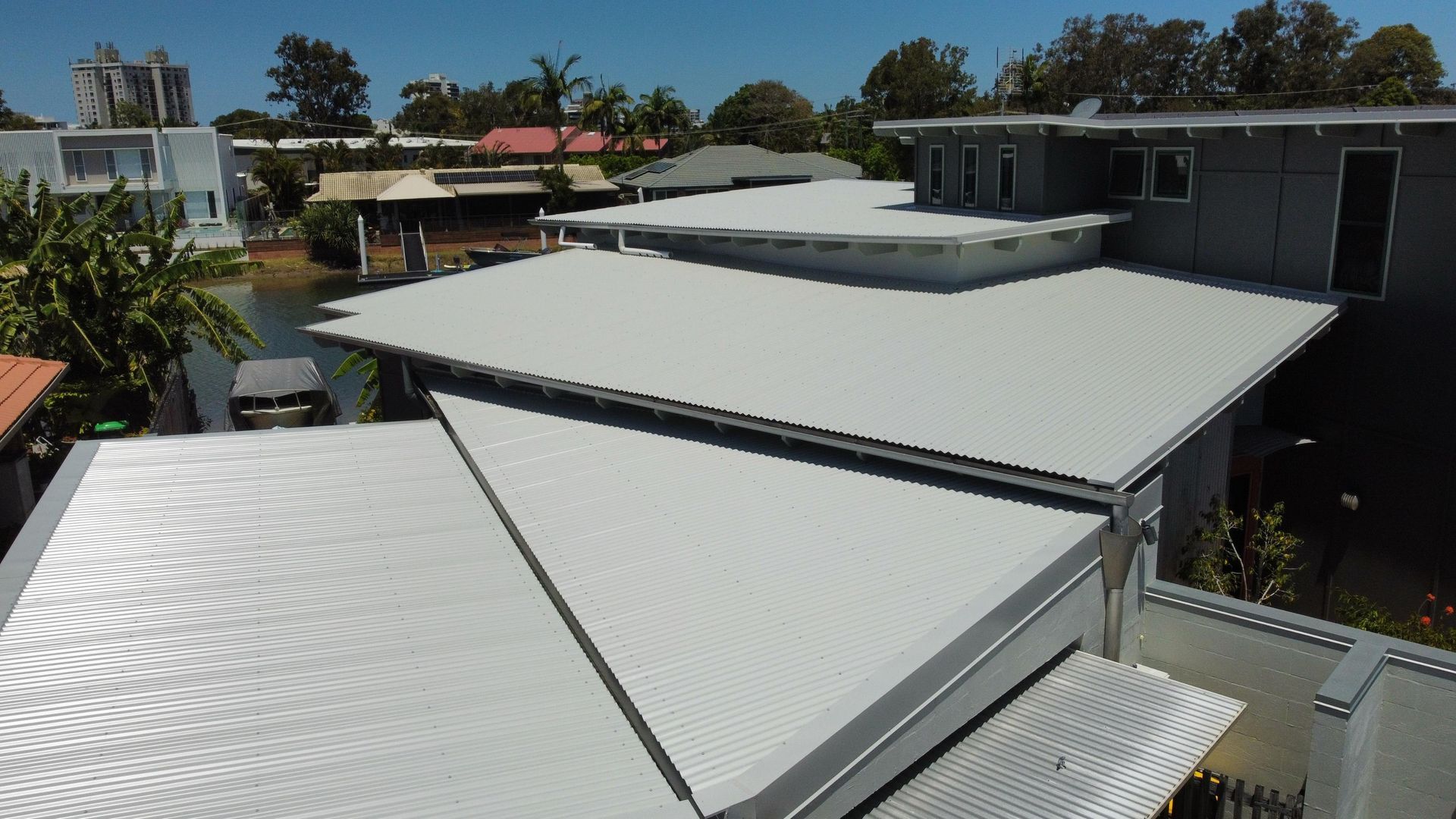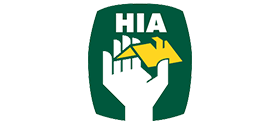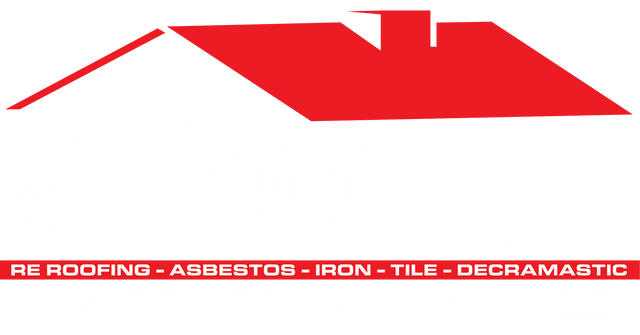Why Professional Roof Restoration is Safer than DIY
When your roof starts looking a little worse for wear—tiles cracked, paint faded, moss creeping in—grabbing a ladder and having a go yourself is tempting. After all, how hard can it be? But what seems like a straightforward weekend project can quickly turn risky. Roof restoration involves far more than just a bit of cleaning and painting. It carries serious safety concerns, demands specialist tools and skills, and can even void your home insurance if not done correctly.
Roof surfaces are high-risk, especially in areas with variable weather and strong UV exposure. From slippery slopes to hidden structural faults, working at heights is inherently dangerous. Here’s why leaving your roof restoration on the
Sunshine Coast in the hands of professionals isn’t just a good idea—it’s the safer, smarter choice.
Falls from Heights Are More Common Than You Think
Working on a roof puts you above the ground, where even a small misstep can cause a serious injury. Many homeowners underestimate how quickly things can go wrong when navigating a pitched roof, especially one that’s already damaged or weather-worn.
Professional roofers take this risk seriously. They are trained to work safely at heights, using the right fall-prevention gear and anchoring systems. Most importantly, they understand how to move safely across surfaces that can shift underfoot.
- Professionals use certified harness systems and safety anchors
- Roof edges are clearly marked and protected with barriers or ropes
- Scaffolding or ladders are secured and stabilised before work begins
- Crews are trained in emergency fall-response and safe recovery methods
Inexperience Leads to Misjudging Roof Stability
What looks like a solid section of your roof may be covering weak timber, sagging trusses, or water-damaged underlay. If you don’t know what to look for, you might step through a soft patch, damaging the structure and risking a fall.
Professionals perform a full roof inspection before any work begins. They can spot warning signs like bowed ridgelines, spongy tiles, or tell-tale moisture stains that could indicate instability below.
- Experienced roofers can identify areas prone to collapse or failure
- They plan access points to avoid high-risk sections
- Temporary supports or reinforcements are used where needed
- They inspect from the ground, the in-roof cavity and the on-roof for a full picture
Improper Equipment Use Can Do More Harm Than Good
Restoring a roof isn’t as simple as scrubbing off some grime and adding a coat of paint. It requires specialised tools, pressure washers, safety harnesses, spray rigs and sealants—all of which must be used correctly.
In untrained hands, these tools can cause harm to both the operator and the roof.
- Pressure washing too aggressively can strip away protective coatings
- Incorrect spray technique can lead to uneven coverage or wasted materials
- Ladders not secured properly pose a major fall risk
- DIY sealants or coatings may not be suitable for the roof’s material or age
Handling Roofing Materials Involves Hidden Hazards
Older roofing materials can be hazardous. From brittle tiles to mould spores and even asbestos in older properties, there’s more risk up there than expected. Even newer roofs can harbour issues if previous repairs were done incorrectly.
Professionals are trained to work around these risks safely, using protective equipment and adhering to safety protocols.
- Mould and algae are handled with masks and respirators
- Roof tiles are removed using the correct lifting and stacking techniques
- Sharp metal flashings are replaced with gloves and cutting guards
- Any suspected asbestos is tested and dealt with according to regulations
Structural Damage Is Easy to Miss Without Training
Roof issues often go deeper than the surface. You may spot faded paint or cracked tiles, but miss signs of serious underlying damage. Left unaddressed, these issues can compromise the roof’s integrity and result in more costly repairs later.
A professional roof restorer knows how to spot the signs early and recommend proper repairs before sealing up the problem.
- Water ingress points are identified using moisture detection tools
- Underlayment and battens are checked for rot or weakening
- Fasteners and tile fixings are tested for corrosion or failure
- Sagging or deflection is measured for potential frame repair
Safety Gear Alone Doesn’t Equal Safety
You might have a ladder, a harness and a good pair of boots, but without the training to use them effectively, these tools can give a false sense of security. Working at heights involves more than simply wearing PPE. It's about knowing how to anchor properly, move cautiously and identify risk zones on the roof.
- Anchoring points must be placed correctly to provide fall protection
- Harnesses need to be adjusted to fit and function as designed
- Safety protocols must include fall arrest systems and rescue procedures
- Weather conditions like wind and rain can make gear ineffective
Professionals Deliver Safer, Longer‑Lasting Results
When you hire a professional for roof restoration, the benefits go beyond safety—they extend the life and performance of your roof. Expert workmanship ensures each stage is completed with care and attention to the roof’s condition, not just its appearance.
- The roof is thoroughly cleaned with low-pressure washing to avoid damage
- Damaged tiles or flashing are replaced, not just painted over
- High-grade primers and membranes are applied under ideal conditions
- The restoration is tested and inspected before sign-off
A Safer Roof Starts With the Right Help
Roof restoration is one of those jobs that looks deceptively simple—until you realise what’s involved. From height risks and structural issues to the long-term financial consequences of poor workmanship, the DIY path is littered with danger. Choosing a professional team gives you peace of mind, long-term results, and most importantly, safety.
At Stormguard Roofing, we understand the risks and bring the knowledge, tools and training to do the job right. Whether your roof needs a deep clean, repair work or a full restoration, we’re here to help. Contact us today.
